Industry history – canning
By Kiron Kasbekar | 29 Mar 2024
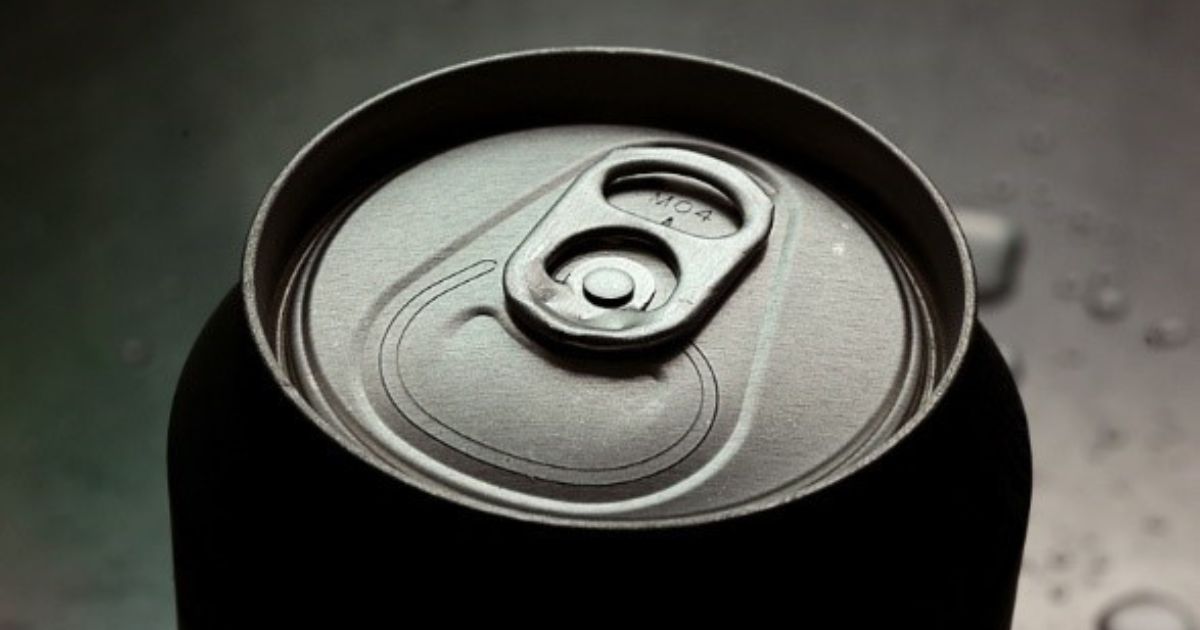
Since ancient times people found different ways in which to preserve food. They salted food, dried it, smoked it, pickled it, stored it in a sugary mix, and froze it. Freezing, of course, could only be done in cold climates, and sun-drying was common in hot and dry climates.
Whichever way it was, it helped the people who could set aside some of the food they had gathered or hunted so they could consume it when fresh food was not available.
People first lived in the hunting-gathering stage of human social development. They hunted animals, birds and fish for food, and they gathered fruits and wild grains even before they learned how to cultivate crops.
Preserving food
As they learned various methods of preserving food, they were able to do a variety of things that they couldn’t do earlier because the storage and preservation of food released some of their time to do other things. Division of labor, which was an important factor in the development of societies, was facilitated by the ability to store and preserve food. Without this ability, nearly everyone would have continued to be involved with hunting and gathering food.
Ancient methods of food preservation, such as sun-drying and smoking, worked so well that they are used even today. Modern society has refined the older methods, and found some new ones by which food can be stored for long periods.
New methods of preservation have been introduced since the 18th century to improve the availability of food in times of scarcity, such as winters and droughts.
These new methods included pasteurization and irradiation, in use since the late 19th century and early 20th century respectively. They also included canning, which has been used for more than two centuries.
Different materials
When we say ‘canning’, the word includes storing foodstuffs in sealed, airproof glass bottles and jars with airtight metal closures.
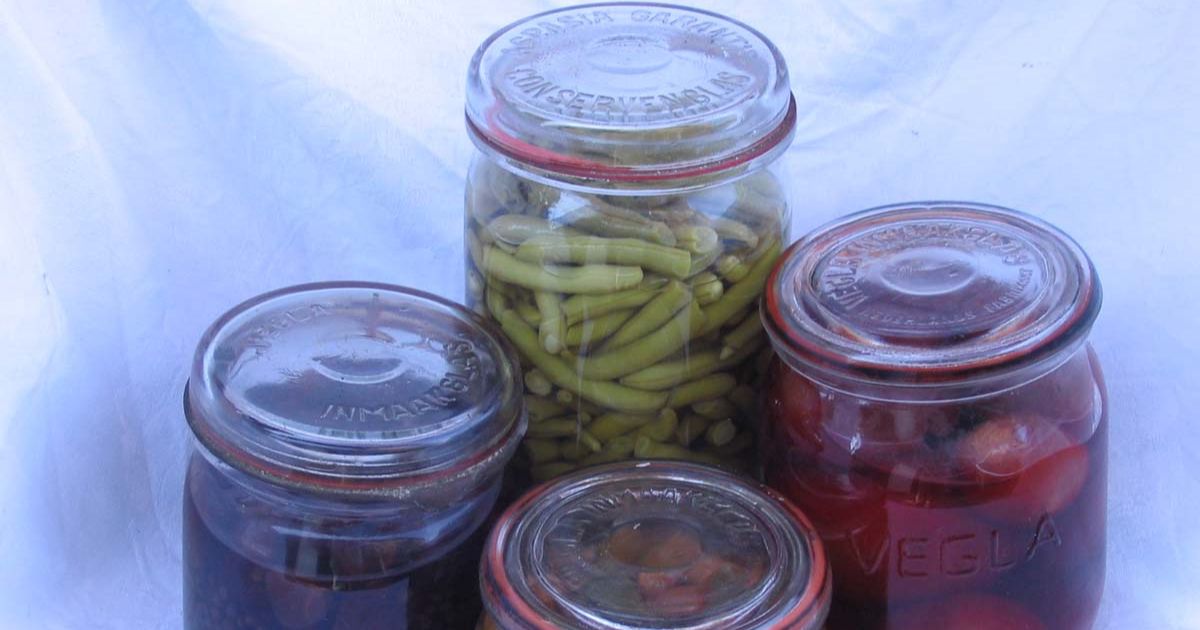
Glass bottles or jars continue to be used, but their role has diminished in comparison with tin cans. Why cans? The reason is that cans became the best means by which to store food. They didn’t break easily, as glass and ceramic storage vessels did. And they were not as heavy for handling and transporting.
Oh, the ‘tin’ part of the can. The word ‘tin’ is used loosely for the cans we are talking about. The cans we are discussing could be made of steel, with little or no tin in the alloy. They could be made of aluminium and still be called tins. Part of the confusion arises because the material most used in these cans is tinplate steel, which is steel sheets coated with a thin layer of tin to prevent rusting.
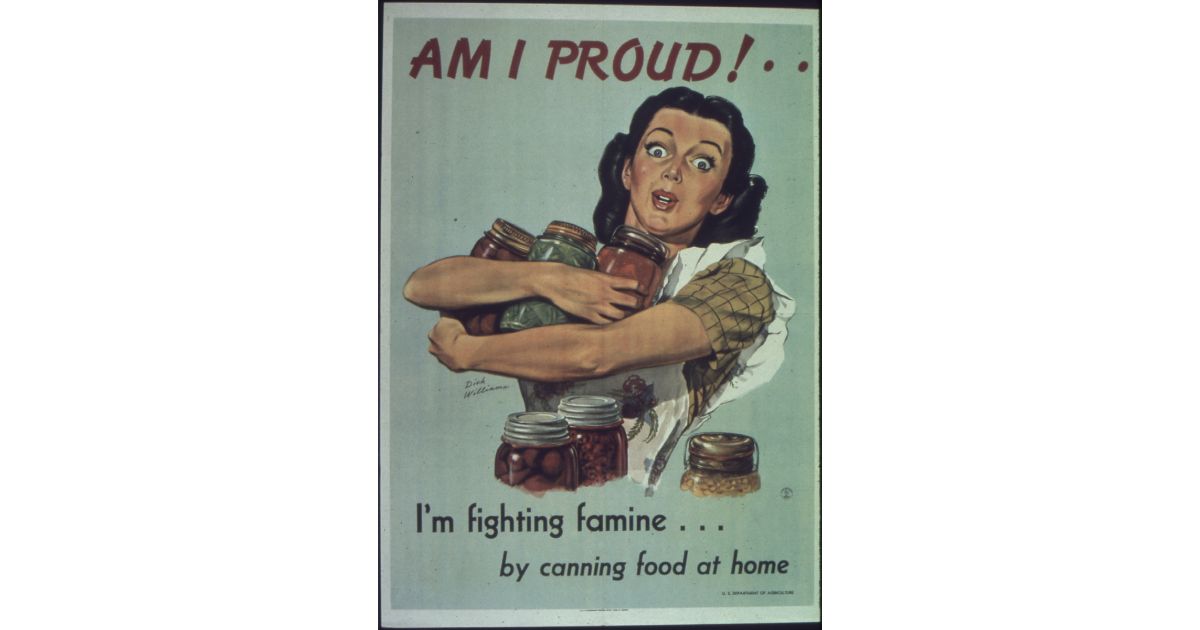
So canning developed out of the same urges that made ancient humans adopt various methods to preserve food and prevent it from being wasted. Early techniques such as drying, smoking, and fermenting continued to be used to prolong the life of perishable goods. But these were overtaken by bottling and canning.
Nicolas Appert and Louis Pasteur
As has happened with many new technologies, the first big impetus for canning came from a military need. The French government, led by Napoleon Bonaparte, was preparing for war, and needed to ensure that his soldiers received a steady supply of food at the shifting battlefronts as the French armies advanced across Europe.

Sometime before the start of the Napoleonic Wars, which raged across Europe from 1803 to 1815, the French government announced a big cash award of 12,000 francs to anyone who could create an economical method of preserving large quantities of food that could be served as military rations for the army. Without such rations the army would not be able to sustain the long campaigns it had planned.
The solution was not available immediately. But in 1809, Nicolas Appert, a French confectioner and brewer, observed that food cooked inside a sealed jar did not spoil. A casual observation must have led to trial and error until he got it right.

Appert had spent more than a decade trying out various preservation techniques, and he made a breakthrough in 1809 when he found that food placed in glass jars and heated to high temperatures remained unspoiled for long periods; the sealing of the jars prevented new bacteria from infecting the preserve.
So Appert developed a method of sealing food in glass jars, and proposed this method for the army. He won the French government prize in 1810.
The curious thing about Appert’s success was that he didn’t really know why he had succeeded. Nor did anyone else at the time. Nobody knew why food sealed in jars did not spoil. They just figured it worked, for some reason they didn’t know, and as long as it worked, it was fine.
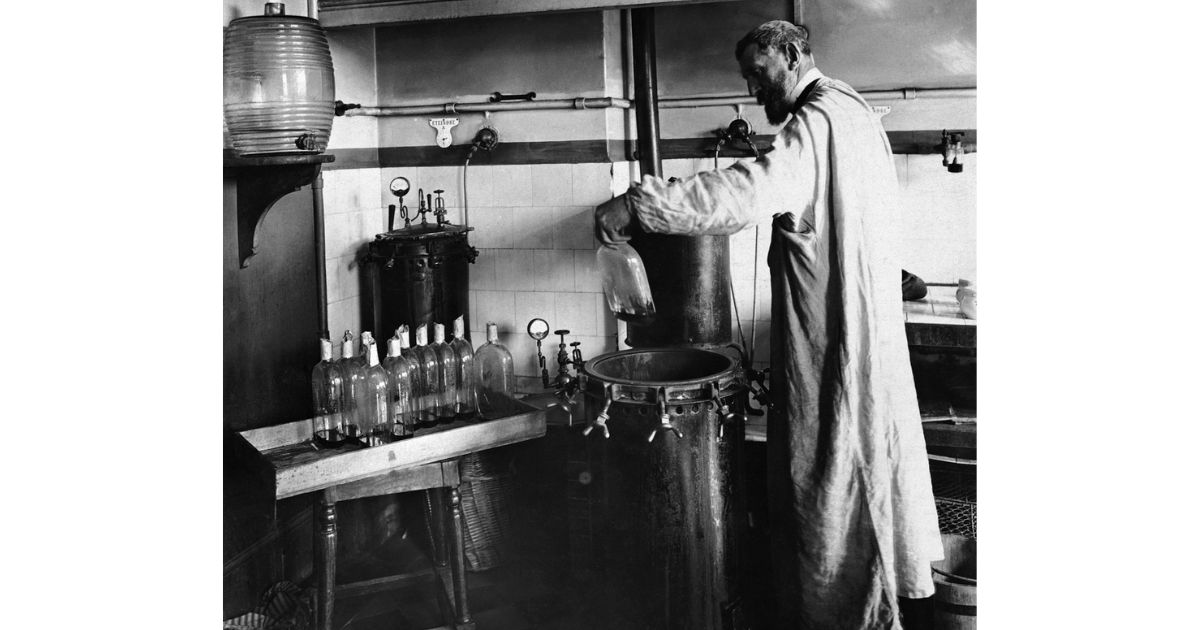
Another Frenchman, Louis Pasteur, revolutionized the food preservation industry by showing how heating of liquids such as milk to between 60 and 100 degrees centigrade killed harmful bacteria while preserving flavor and nutritional content.
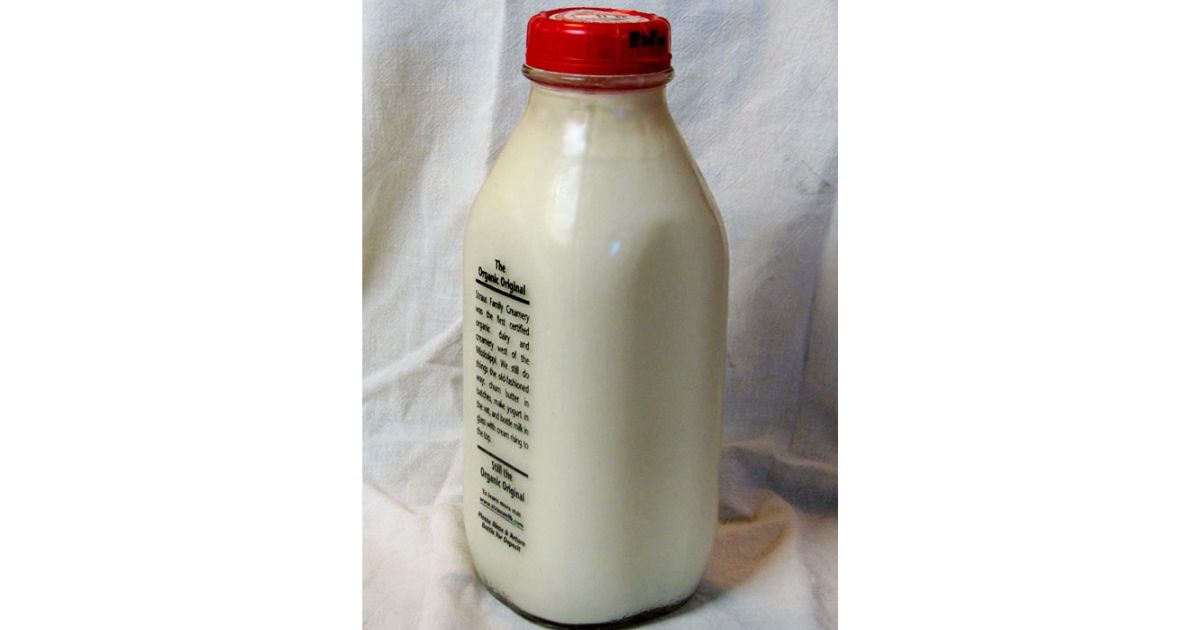
This technique was particularly beneficial for liquid foods such as milk and fruit juices, which could now be safely canned and stored for extended periods. Pasteur patented his process in 1865, and it soon began to be known as ‘pasteurization’.
That was when it dawned on scientists and food makers that the canning in airtight containers was keeping the germs out.
Pasteurization is used to sterilize various foods, including milk, fruits and vegetables, and even wines! The key is to heat the material for 62-65oC for 30 minutes (used for wines and such) to as high as 135-140oC for 3 to 5 seconds (for milk).
Tinplate containers
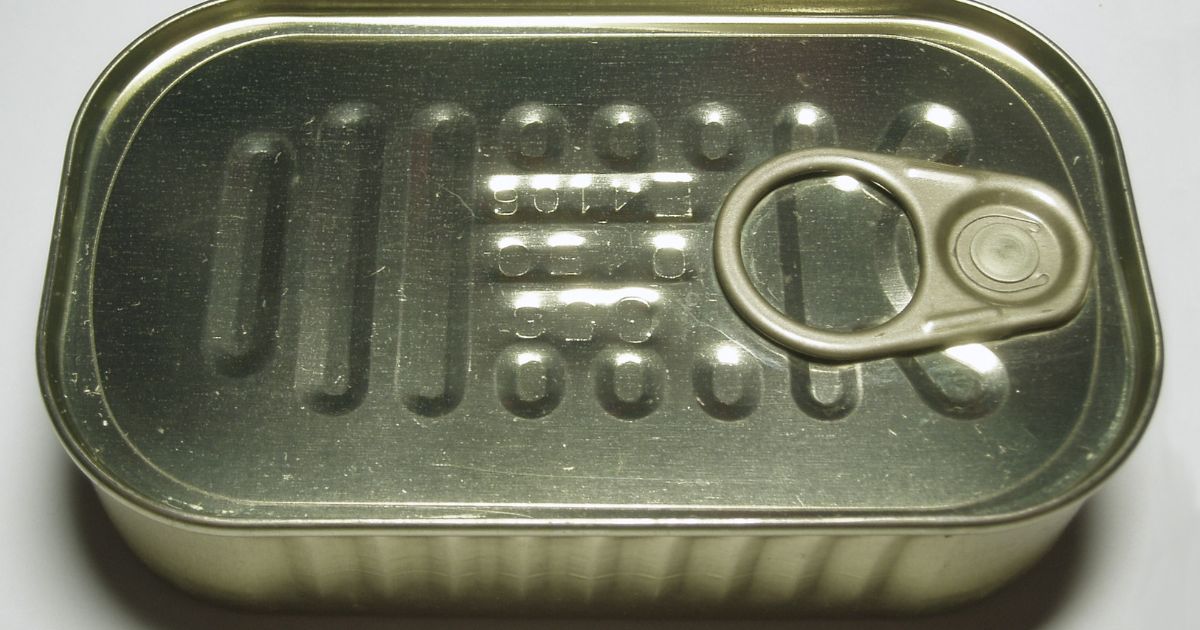
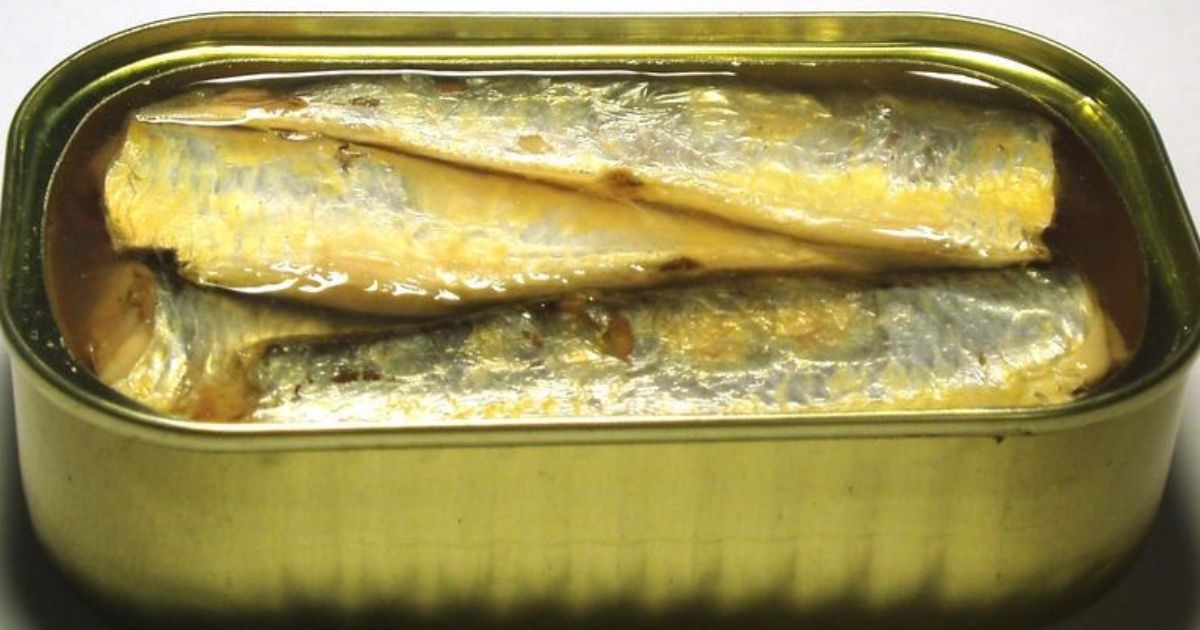
Canning, the process of preserving food in airtight glass, ceramic or metal containers, revolutionized the quality as well as availability of food across the world.
In 1810, an English merchant named Peter Durand received a patent for his method for the preservation of food in sealed tinplate containers. Durand’s invention marked an advance in food preservation technology, as metal containers were more durable and suitable for mass production than glass jars.
Around the same time a Frenchman, Philippe de Girard, filed for a patent in London, which his agent received and sold to Bryan Donkin and John Hall in 1811. Donkin then worked out a process to package food in sealed airtight cans; but the hand-made cans he made from tinned wrought iron took a great deal of time and effort to make and prepare the food in.
The main market for Donkin at this stage was the British Army and the Royal Navy. In 1817, Donkin wrote that he had sold canned meat worth £3,000 in six months. The HMS Fury, on which William Edward Parry sailed to the Arctic in 1824 in his effort to find a northwestern passage to India, carried stocks of tinned meat.
Other marine expeditions too carried canned food on voyages. Admiral James Ross took canned food on his expedition to the Arctic between 1829 and 1833, as did an expedition led by John Franklin in 1845, which perished in the icy conditions of the uncharted Arctic.
Some of his stores were found by the search expedition led by Captain (later Admiral Sir) Leopold McClintock in 1857. One of these cans was opened almost a century later and the food in it was found to be edible and nutritious.
First commercial plant, London, 1812
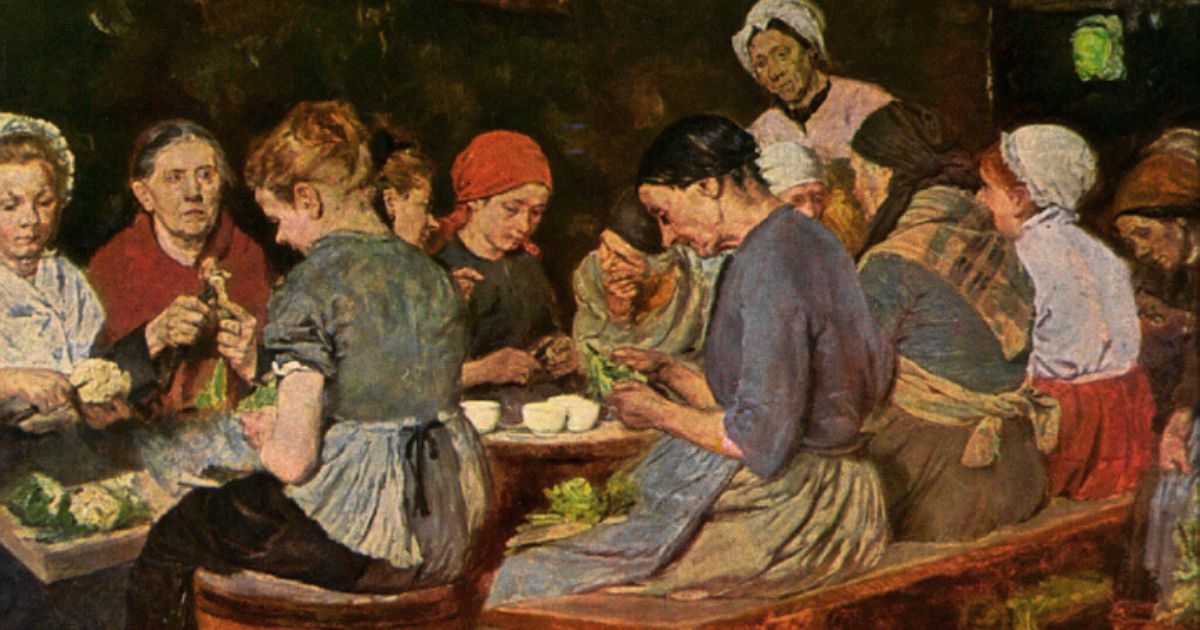
Donkin and Hall founded the world’s first commercial canning factory in Bermondsey, in London, in 1812. They improved Durand’s design and developed machinery for sealing and filling cans at a rapid pace. Their factory produced canned meats, fruits, and vegetables, which were sold primarily to the British Navy to supply ships on long voyages.
Canning technology continued to evolve throughout the 19th century, and led to increased production and widespread adoption. New innovations were introduced – vacuum sealing, steam-powered canning, and improved sterilization techniques. These further improved the quality and shelf life of canned foods.
Then companies like Campbell Soup Company, and Heinz, both founded in 1869, played significant roles in popularizing canned goods and building consumer trust in the quality and safety of preserved foods.
Again, as happened with the Napoleonic wars, two major wars in the 2oth century gave a further impetus to canning – the First World War (1914-1918), and the Second World War (1939-45). These wars, which inflicted so much suffering on people across the world, gave a big boost to the canned food industry.
Canned rations became essential for military troops, providing a convenient and long-lasting source of sustenance on the battlefield. Companies like Hormel Foods Corporation and Del Monte Foods expanded their production to meet the demands of wartime supply chains. Several other companies joined the battle for supplying canned food to the armed forces.
Further advances
Since then technological advances, such as automated canning lines, improved packaging materials and processes, and better refrigeration systems further streamlined the production and distribution of canned goods.

This was accompanied by companies investing heavily in research and development to enhance food quality, reduce costs, and meet evolving consumer preferences. Packaging and advertising boosted sales.
The latter half of the 20th century witnessed the globalization of the canned food industry, with multinational corporations like Conagra Brands, Nestlé, and The Coca-Cola Company expanding their presence in international markets.
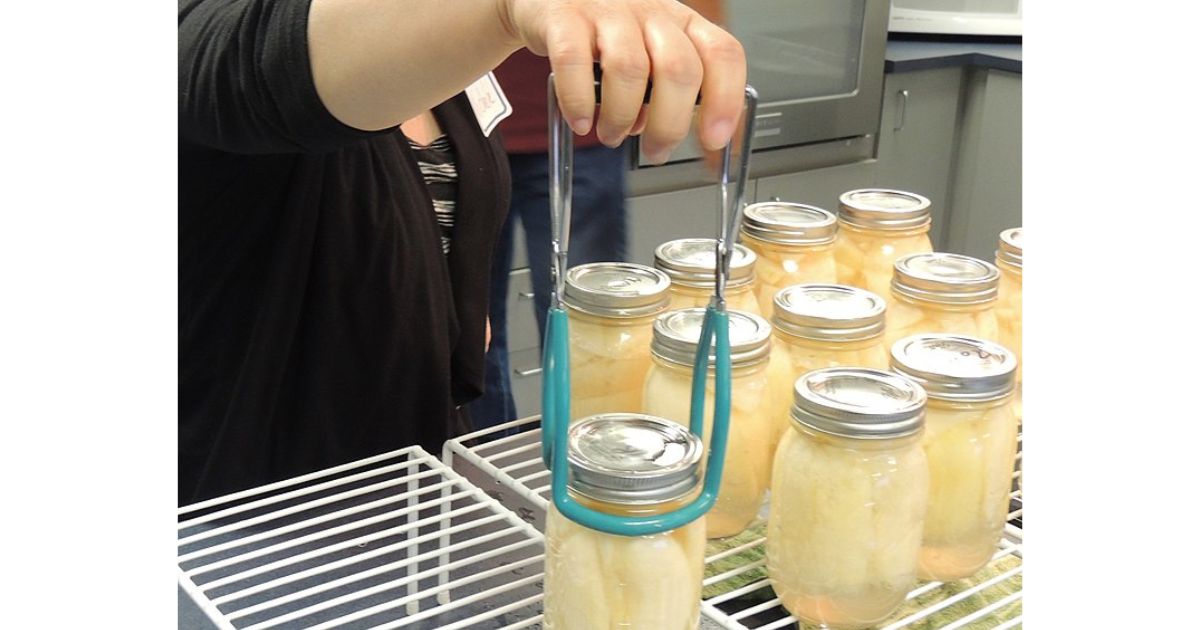
Canned foods became ubiquitous in households around the world, offering convenience, affordability, and long shelf life. Today the range of canned products includes fruit juices, soups, sauces, ready-to-eat meals, and specialty items catering to various dietary preferences and cultural tastes.
In recent years, the canned food industry has been trying to implement sustainable practices to address environmental concerns and consumer demands for healthier, more eco-friendly products. They have introduced recyclable and biodegradable packaging materials, reduced the use of preservatives and additives, and developed new processing techniques to retain the natural flavors and nutrients of canned foods.
Canned foods have become so common today that they can be found nearly everywhere – much more so in the developed countries than in the developing ones, where most people cannot afford the price of canned stuff. They prefer to do all the cooking in their own kitchens.



















